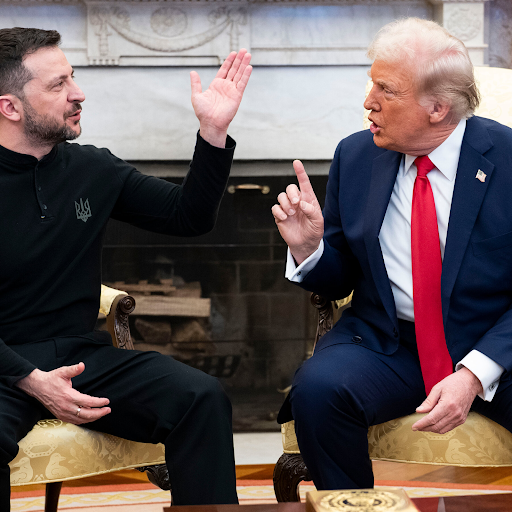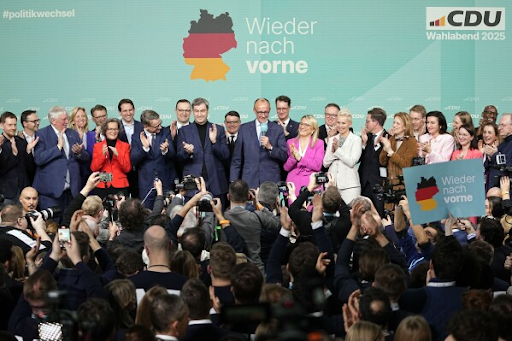For the majority of the duration of the Russian invasion of Ukraine, which began in early 2022, both sides have appeared to scoff at the idea of ending the war without achieving all of their stated objectives. For the Ukrainians, the main objectives were to defend their nation and to liberate all areas occupied by Russian forces, while the invading Russians desired to annex Ukraine. However, with a failed Ukrainian offensive and faltering support from the West, a war of attrition set in. With neither side seeing much hope for these goals coming to fruition, Ukrainian President Volodymyr Zelensky admitted in December that “we [Ukraine] doesn’t have the strength to recover them [territory lost].” This admission, as well as promises made by US President Donald Trump to end the conflict, inspired some hope that the bloodshed of a war that has taken the lives of hundreds of thousands would come to an end.
Trump, who promised to deliver a ceasefire within 24 hours of his election, has so far failed to do so. He has also made several controversial and false statements on the war, including accusing Zelensky of being a dictator and stating that Ukraine was responsible for the invasion. Zelensky and Trump met in the Oval Office on February 28th in a chaotic display that devolved into a shouting match. The pair had been meeting to sign an agreement allowing the US to extract valuable minerals from Ukraine in exchange for assurance that Russia would not attack again, but this deal fell through. The extremely public nature of the meeting between Zelensky and Trump was contrasted by a closed-door meeting between the president and a key Russian official, Kirill Dmitriev, early in April. After nearly a month of negotiations, the two sides agreed to a partial ceasefire in the Black Sea region and agreed not to target energy infrastructure. This, while a step towards peace, left many questioning what was to come next.
An agreement on a complete ceasefire is complicated by the fact that Russia demands that Ukraine be placed under the jurisdiction of a foreign government, claiming that Zelensky and his government are not fit to deal in negotiations. This desire was mentioned as the primary reason behind Russia’s choice to decline a proposed peace deal orchestrated by Trump, which Ukraine had previously agreed to. After this, Trump, who has mostly taken Russia’s side on key issues, expressed frustration with the Russian government, which he claims is attempting to stall negotiations. This marks a significant change in opinion from Trump, who also bashed Ukraine, claiming that they attempted to back out of their agreed-upon mineral deal with the US. Despite the ceasefire in the Black Sea and the agreement to not target energy infrastructure, continued violations of these agreements by Russia make it clear that peace throughout the entirety of Ukraine is a long-term goal, a sentiment which was echoed by Zelensky in early March.











